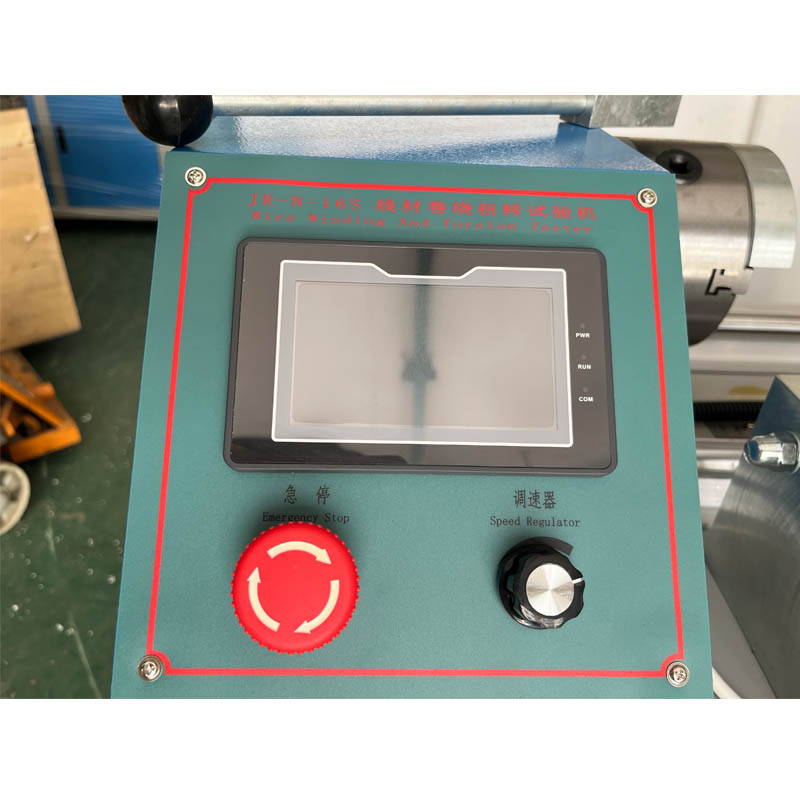Suppliers of DIY Tensile Strength Testers for Homemade Projects and Applications
Exploring Homemade Tensile Strength Testers A Guide for Supplying Your Own Solutions
Tensile strength refers to the maximum amount of tensile (stretching) stress a material can endure before failure. Understanding a material's tensile strength is crucial in various applications, from construction to manufacturing. While there are commercially available tensile strength testers, many enthusiasts and professionals opt for homemade solutions due to cost-effectiveness and customization. This article explores the concept of homemade tensile strength testers, the materials required, and potential suppliers for the parts necessary to create your very own device.
The Importance of Tensile Strength Testing
Tensile strength testing is essential for assessing the durability and performance of materials. In fields such as materials science, engineering, and product design, knowing how much stress a material can handle is critical for safety and functionality. For example, engineers must ensure that materials used in structures can withstand various forces without failing. Using a tensile strength tester allows for precise measurement of a material’s mechanical properties, ensuring it meets the necessary specifications.
Building Your Own Tensile Strength Tester
Creating a homemade tensile strength tester can be an engaging project for hobbyists and professionals alike. The basic elements of a tensile strength tester include
1. Frame A sturdy structure that can hold the test material. This can be built from wood, metal, or PVC pipes. The frame must be stable enough to withstand the forces applied during testing.
2. Load Cell This is a transducer that converts force into an electrical signal. Load cells are often used in professional testers but can also be found at various suppliers. Ensuring the load cell can handle the desired weight is crucial.
3. Testing Grips These are used to hold the material samples securely during testing. Vise grips or custom clamps can be used, depending on the material’s dimensions and properties.
4. Data Acquisition System This component captures and records the data from the load cell, allowing users to analyze the tensile strength. Some enthusiasts might utilize Arduino or Raspberry Pi systems to collect and process data.
5. Software For data analysis, you may need software to process the information gathered from the data acquisition system. Open-source options or customizable software solutions can be explored.
homemade tensile strength tester suppliers

Sourcing Components for Your Tester
When it comes to sourcing parts for a homemade tensile strength tester, several options are available. Here are some recommended suppliers
1. Local Hardware Stores For basic materials like wood, metal, or PVC, local hardware stores often provide all necessary components. These can include screws, clamps, and other hardware needed for the frame.
2. Online Retailers Websites such as Amazon, eBay, and Alibaba offer a wide range of components, including load cells and electronic parts. Searching these platforms for load cell or data acquisition systems will yield numerous options.
3. Electronic Component Suppliers Specialized suppliers like Adafruit, SparkFun, or Digi-Key provide a variety of electronic components necessary for building the data acquisition system.
4. Industrial Supply Companies Websites like Grainger or McMaster-Carr can supply more specialized components, including heavy-duty grips and advanced load cells.
5. Local Fabrication Shops If custom parts are needed for the frame or grips, local machine shops or fabrication companies can help design and create the perfect components according to your specifications.
Safety Considerations
When building and using a tensile strength tester, safety should always be a priority. Ensure that all components are secured firmly to prevent failure during testing, which could lead to injury. Wearing protective gear, such as safety glasses and gloves, is recommended while conducting tests.
Conclusion
Homemade tensile strength testers not only provide a cost-effective solution for assessing material performance, but they also offer an opportunity for hands-on learning and innovation. By sourcing the right components from local and online suppliers, enthusiasts can construct a functional device tailored to their specific needs. Whether for educational purposes, professional projects, or personal interest, understanding how to build and utilize a tensile strength tester can greatly enhance material knowledge and application.
-
Why the Conductor Resistance Constant Temperature Measurement Machine Redefines Precision
NewsJun.20,2025
-
Reliable Testing Starts Here: Why the High Insulation Resistance Measuring Instrument Is a Must-Have
NewsJun.20,2025
-
Flexible Cable Flexing Test Equipment: The Precision Standard for Cable Durability and Performance Testing
NewsJun.20,2025
-
Digital Measurement Projector: Precision Visualization for Modern Manufacturing
NewsJun.20,2025
-
Computer Control Electronic Tensile Tester: Precision and Power for the Modern Metal Industry
NewsJun.20,2025
-
Cable Spark Tester: Your Ultimate Insulation Assurance for Wire and Cable Testing
NewsJun.20,2025
 Copyright © 2025 Hebei Fangyuan Instrument & Equipment Co.,Ltd. All Rights Reserved. Sitemap | Privacy Policy
Copyright © 2025 Hebei Fangyuan Instrument & Equipment Co.,Ltd. All Rights Reserved. Sitemap | Privacy Policy
